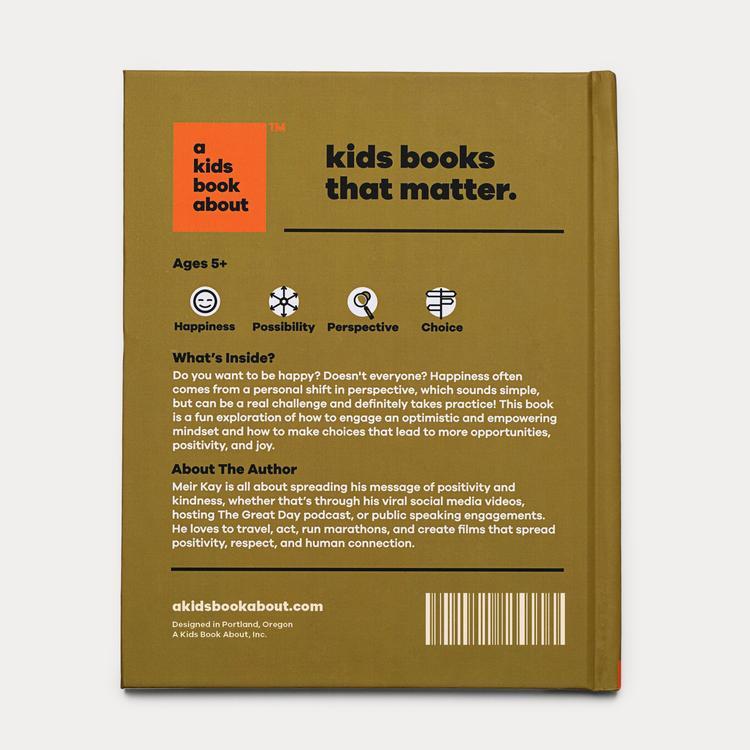


In psychology, learned helplessness is the belief that you can’t change things and that your efforts won’t make a difference.

However, Martin Seligman’s Learned Optimism book was published in 1990, and there have been significant advances in the field of psychology since then. The theory of learned helplessness has become widespread, both in the field of psychology and among laypeople. He began these studies in the 1960s and has continued tweaking and reexamining them to the present day. His theories of learned helplessness and learned optimism are based on his own laboratory studies. Seligman is a professional psychologist, teacher, and author.
Books on optimism how to#
Martin Seligman’s Learned Optimism book will teach you how to break out of that pessimistic, powerless mindset and replace it with an empowered mindset of optimism and confidence. Many people suffer from learned helplessness: the belief that they don’t have the power to make positive changes in their own lives or in the world around them. Background: Martin Seligman’s Learned Optimism Read on for a brief overview of Martin Seligman’s book Learned Optimism, including the key takeaways. The book primarily teaches readers why pessimism can lead to mental health problems and how to escape a pessimistic mindset. Martin Seligman wrote Learned Optimism after extensively studying what causes people to feel powerless in life. What is Martin Seligman’s Learned Optimism book about? What are the most important takeaways from the book? Like this article? Sign up for a free trial here. Shortform has the world's best summaries and analyses of books you should be reading. This article is an excerpt from the Shortform book guide to "Learned Optimism" by Martin E.


 0 kommentar(er)
0 kommentar(er)
